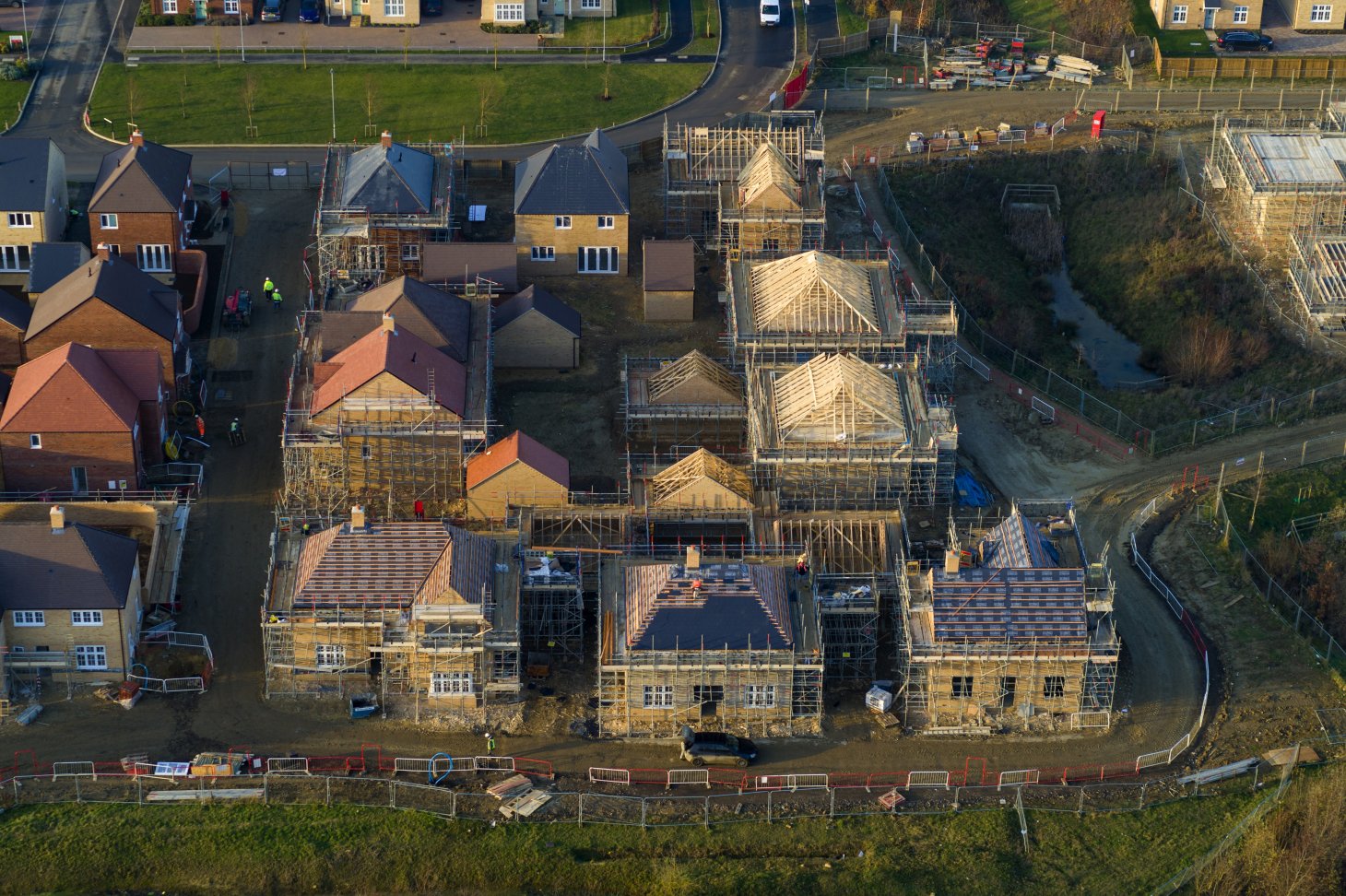
For any invigorated housebuilders anticipating a swathe of new funding for hitting the 300,000 new homes a year target, this Budget would’ve been disappointing. It certainly didn’t hit the heady heights of the Spring 2021 Budget. Perhaps understandably, the Autumn 2021 Budget construction announcements focused more on building safety and cost of living.
When it came to housebuilding, Rishi Sunak reconfirmed the £11.5bn fund to build up to 180,000 new affordable homes as part of the £24bn multi-year housing settlement, so no new money here.
However, the Chancellor did announce a £1.8bn brownfield fund to “regenerate underused land and deliver transport links and community facilities” as well as “unlocking a million new homes”. The devil will be in the detail with this announcement, and we will likely get more of the detail in the Levelling Up White Paper that we can expect to see before the end of the year.
The newly named Department for Levelling Up, Housing and Communities will no doubt deliver more detail in dribs and drabs in the run up to the white paper also. In the Spring Budget £400m was announced “to use brownfield land productively” to deliver homes. It’s unclear whether this new £1.8bn figure is in addition to the £400m or if it includes the sum.
We can also expect to hear more from DLUHC on the £1.7bn announced for “infrastructure of everyday life” which comes as part of the National Infrastructure Strategy. As the Prime Minister has reiterated time and again, there’s no point building millions of new homes without the necessary infrastructure in place to support these new communities.
Finally, the Chancellor also announced that the government will make more than £5bn available to remove unsafe cladding from the highest risk buildings. This will be partly funded by the Residential Property Developer Tax which will be levied at a rate of 4% on large developers with profits of more than £25m. This tax aims to raise at least £2bn to help towards the cost of cladding remediation work.
Whilst all of this means little in the way of new funds, grants, schemes or programmes, it does reassure the industry that construction will remain high up on the government’s agenda and it intends to build its way back to economic recovery. Considering the promising analysis and forecast about the state of the economy, the government were right to put their faith in the construction industry.
The brownfield funding announcement also demonstrates that we can expect to hear a lot more on the proposed planning reforms in the coming year also. However, details about the energy efficiency of new homes were scarce despite the announcement of heat pump grants and the Social Housing Decarbonisation fund in October. This feels somewhat like a missed opportunity, especially with the Budget coming just days before the commencement of COP 26.
Overall, this Budget didn’t have anywhere near as many of the punchy headlines the construction industry benefitted from following the Spring Budget. Nonetheless, there’s plenty of reason to remain positive in the construction sector, especially for housebuilders. The treasury is well aware of the social and fiscal importance of the industry.